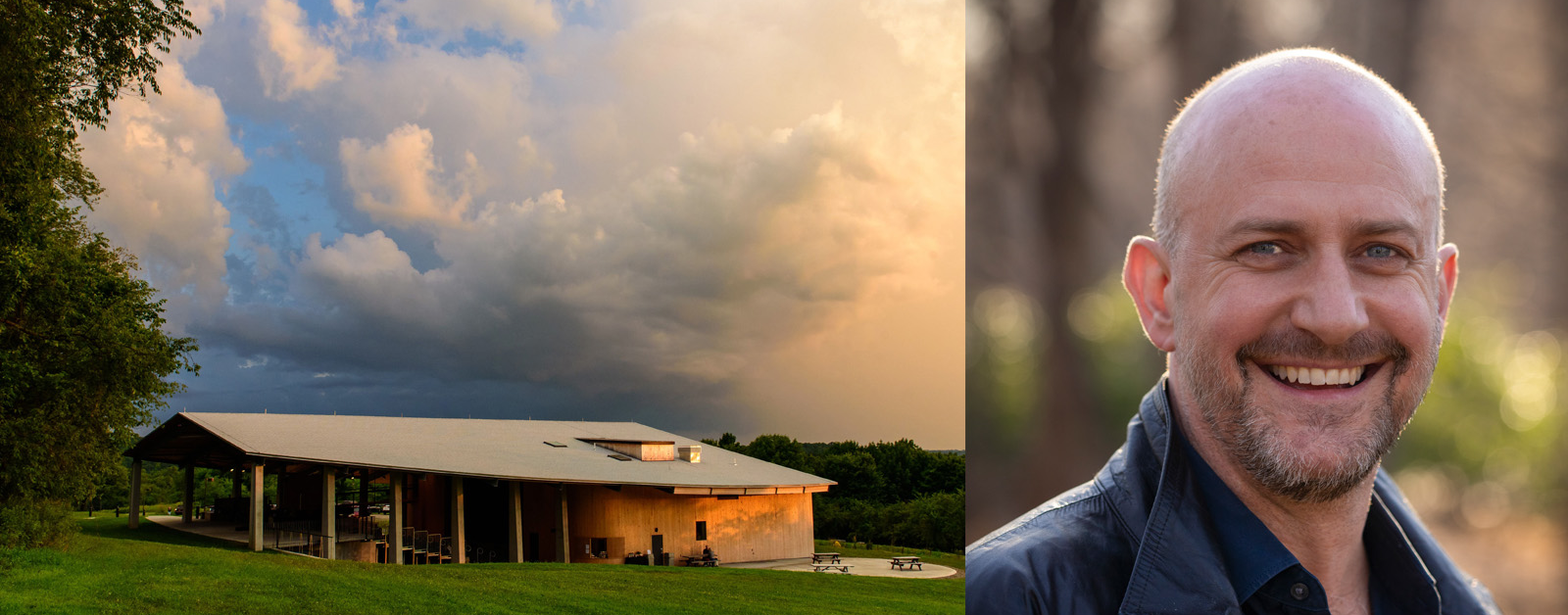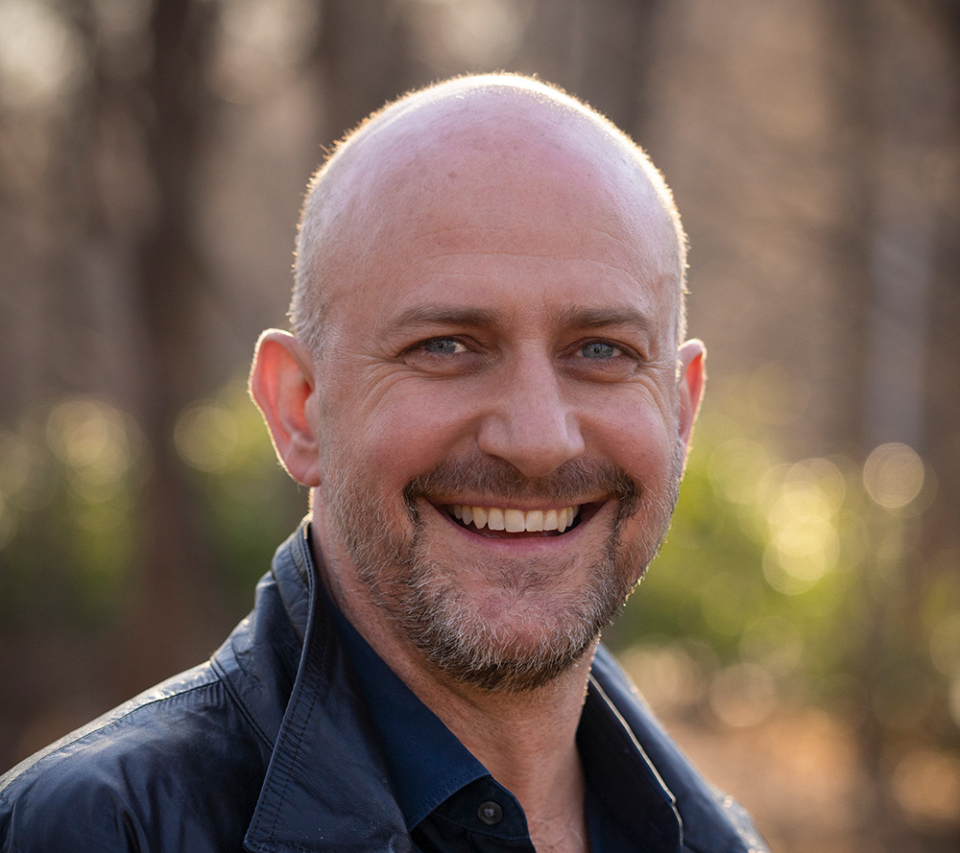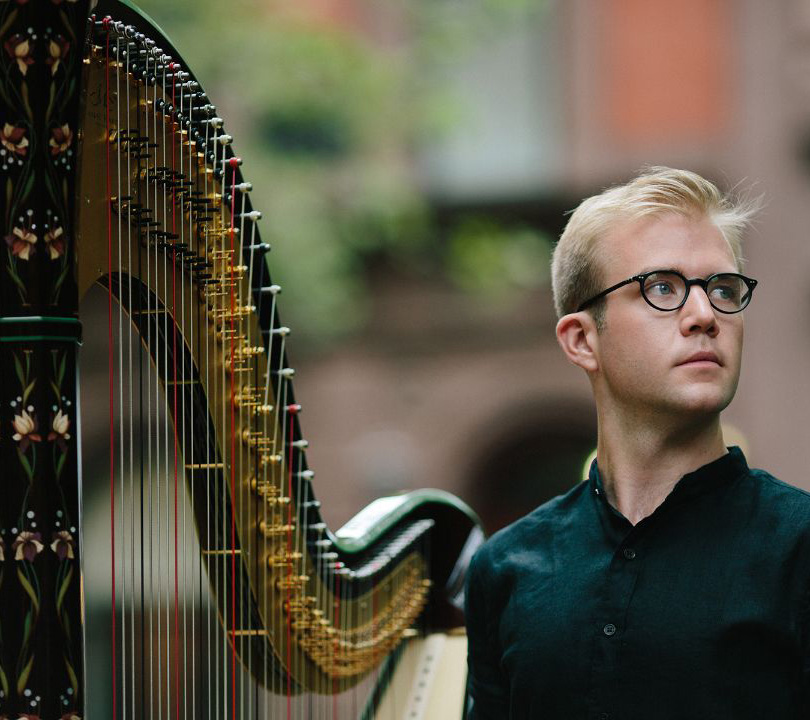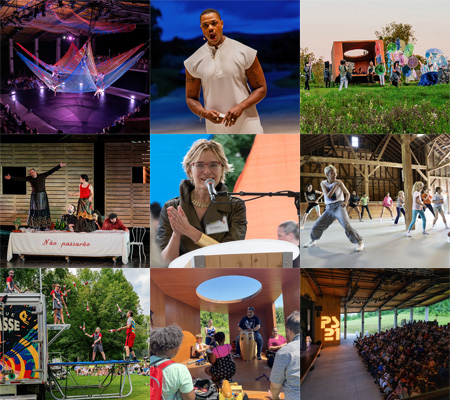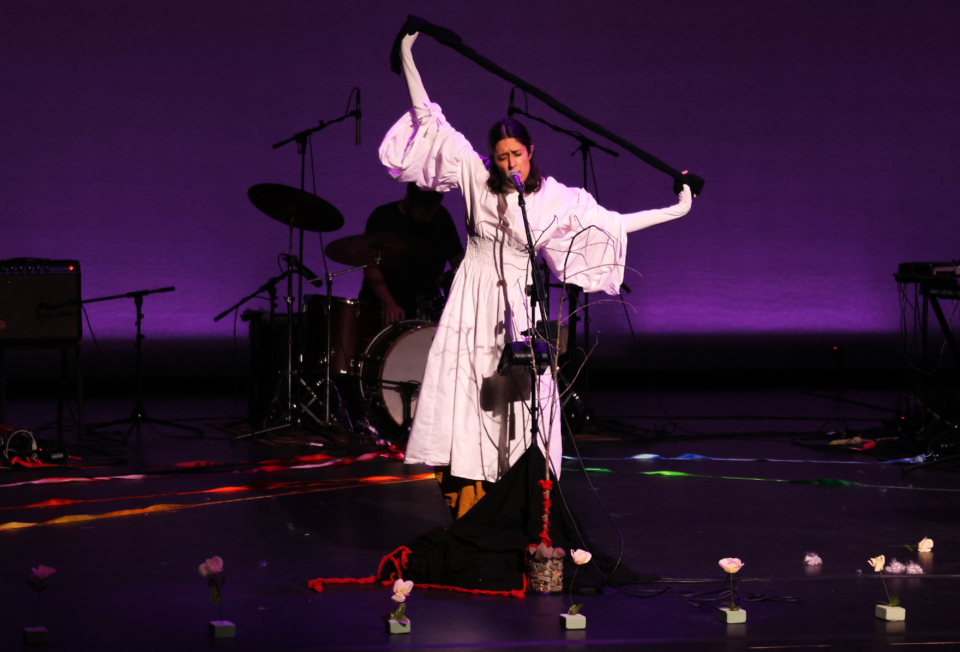An interview with new Artistic & Executive Director, Vallejo Gantner
PS21: Center for Contemporary Performance in Chatham, N.Y., has announced that Vallejo Gantner, a distinguished international arts executive, is the new Artistic and Executive Director.
He was interviewed for The Berkshire Edge by James Abruzzo, a regular contributor to The Edge and (disclaimer) a board member of PS21.
James Abruzzo: The Trump administration, through their cuts and changes to arts grants rules, closing the IMLS, and taking over the Kennedy Center, is causing a real chill in the freedom of the arts in America. One result could be that places like New York and Massachusetts will become kind of sanctuary states where the population is more liberal, the respective state and local governments encourage the arts, and, particularly here in Columbia and Berkshire counties, the arts will continue to thrive. What is your take on this? Do you agree?
Vallejo Gantner: The question about the political winds blowing in this country is relevant to this moment. But it also actually creates the opportunity for an organization like PS21 in the location that it’s in to have a far greater impact than other places may. Compared to different parts of the world, one interesting thing about the American art sector is that we operate with far greater independence from the government and its institutions than we might in other places where the central government directs and finds funding. That’s both a benefit and not, in the sense that we are in a nonprofit paradigm that is entirely dependent on the whims of individual donors and foundation leadership. The notion of innovation and experimentation is fundamental and in a place like Chatham or other parts of the rural areas, the “blue” corners in sometimes “red” areas are essential because they are places where curiosity is welcome, where divergent views can be heard, where diverse identities are indeed welcomed.
And the responsibility that I feel in this role is to ask, in a thoughtful way, “How do we speak to people who don’t think like us or don’t feel like us? We’re in a very different community to what we might find in downtown Manhattan or in a city like Brooklyn.
And so, for all those reasons and because of the different ecologies and geographies we’re in, what a fascinating place to be presenting a contemporary performing arts program!
JA: You’ve already had a distinguished international career? You could continue to do good work in New York City. Why take a job upstate with a relatively small nonprofit arts organization?
VG: This is a place where the work is not taken for granted. There are opportunities and questions that I haven’t had the chance to ask before about how we get work to speak to people in different ways, in various kinds of relationships to the environment, particularly into the site, talking to people who have other concerns than I might in the city and have a different relationship and different habit of how they engage with and think about contemporary arts.
JA: PS21 has a profile of innovative contemporary arts presentations and has attracted or created an audience for its offerings. Do you plan to continue building that artistic profile? And what else can be added to enhance the brand?
VG: We want to build it. My initial goal is to amplify the impact and figure out how to do so. There’s been a remarkable program created here by Judy Grunberg and then by Elena Siyanko, who were both visionaries in entirely different ways. They created a history and trajectory of innovative and fulfilling programming, first in a tent and then in the Pavilion. Now, the task is to figure out ways for that work to exist in relationship to both the human community and a non-human set of ecological and environmental questions, the landscape, and the ecology of the place itself. So, we are trying to figure out how to amplify the work’s impact.
JA: What is your definition of community engagement, and what’s the community?
VG: I’ll answer the second question first, saying I don’t know about the community yet. My knowledge will come from listening and meeting people because there are many communities. There are communities of people who live here all year round who’ve been here for hundreds of years. There is an indigenous community that’s been here for thousands and thousands of years. There is a community of people here for 6 weekends every summer. And there’s a community of people who’ve moved here since the eighties. And then, if we wanted to be more metaphysical, there are communities of ecologies and natural influences. We engage with each of those differently. There isn’t a set way that one should do it. The approach shouldn’t be tokenistic. It shouldn’t be patronizing. It has to be done with a level of artistic integrity, a kind of search for excellence, and the notion that great art is, in fact, something that can be spoken to. Not the same work can talk to everybody.
It doesn’t mean that we will be doing the things usually attached to the term community engagement, which almost contradicts the idea of good art. There is extraordinary artwork out there that many people should see, and embedded within that work is an enormous amount of community engagement, not just as an audience. But also as a participant, as a co-author, as a collaborator.


